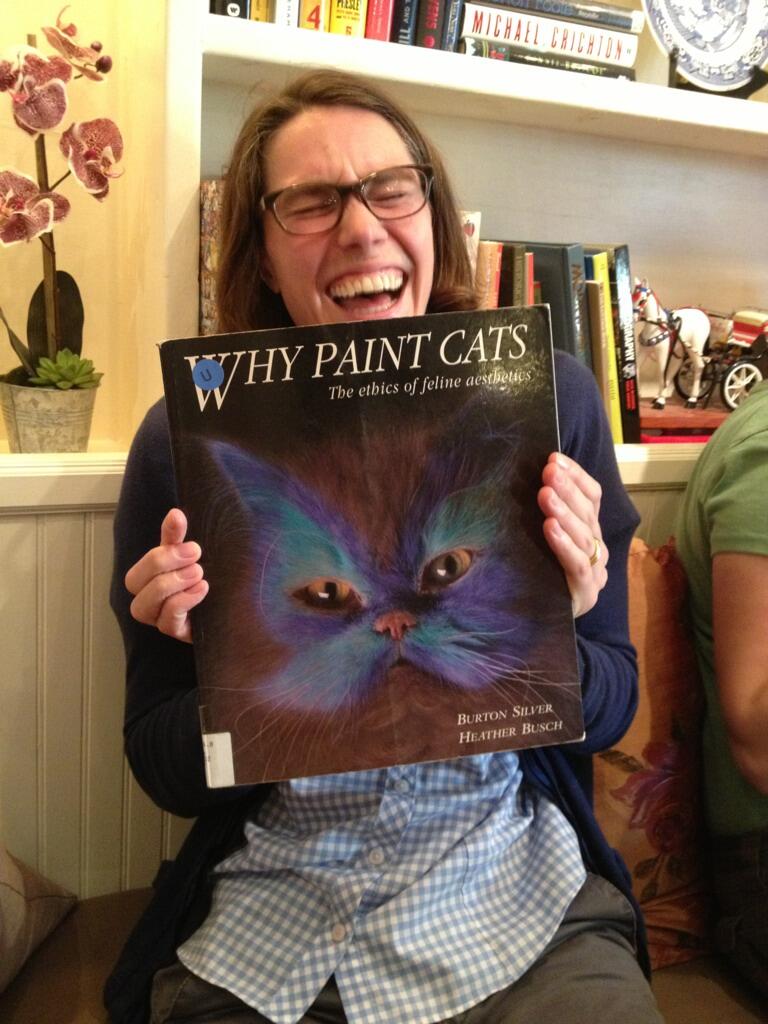Another long day here at One Week | One Tool, but a productive one, despite several moments of frustration for both the outreach and the dev/design teams. As usual, our fearless project managers and team leaders have been working to keep things running smoothly, and everyone has been doing a great job of making sure that the challenges and difficulties we encounter don’t become major upsets. There were times today when the mood was discouraged, but everyone has seemed to remain optimistic on the whole. When the dev folks worked out some kinks this evening, there was a collective cheer. We’re working hard, we’ve got a lot left to do, but our tasks seem doable on the whole.
We were joined today by a representative from our illustrious funders, the National Endowment for the Humanities, who took the time to sit down with us, ask us about the process, and observe us as we went about our work. It was nice to have the chance to step back and think about, well, how did we learn about this crazy program in the first place? And why did we apply? It was also good to think about how we’re feeling about it in the final stretch, as our deadline for launch draws ever nearer.
One of the things I was thinking about today was the ways in which OWOT is both even better than and completely different from what I imagined. I had hoped to recapture that feeling of camaraderie that I felt in college when working on crazy engineering projects, or in graduate school when going on Place-Based Workshops with the Center for Culture, History, and Environment — and that has definitely happened. I feel a part of a community of people who are different from me but who share my interest in harmonizing their humanistic and their technical sides, in thinking about the two endeavors not as separate parts of themselves or their work but as integral, codependent entities. This is at least as exciting as I had imagined it would be.
Of course, as with all team projects operating in a small time window, not everyone gets the opportunity to learn each and every thing they hoped they’d come away with. I’d been hoping to get a bit more of my geek on and acquire some new abilities in coding or scripting, but there is a large contingent of people here who have compiled things other than LaTeX documents more recently than 2001, which makes me far better suited to writing press releases and web site copy, conceiving content categories and site hierarchy, and offering feedback on design work. It’s been good to get back to my old web roots, and to learn a bit more about what I’ve missed out on since I had my last web job a few years back.
I’ve had several conversations with other team members about this phenomenon of expectation-vs-reality, and while many people are having a similar experience, no one seems to resent it: our energy is so focused on the tool and the process that there’s not much time to worry about what we don’t have time to learn. I expect that, once all this is over and we’ve had a few days to reflect on our experiences, we’ll be better able to perceive all the things we learned by osmosis, simply by being a part of the team and working toward a common goal. I’ve been doing my best to ask questions (when there are moments to do so) about things that I haven’t encountered before, and I’ve already gleaned a great deal from those opportunities.
I will say I got to do one thing that I was hoping I would this week: sign up for GitHub and have the chance to play around with it a bit. I’m just working in HTML, but it still feels good.
Tomorrow’s outreach work will be focused on user testing, press materials and publicity, and the final push to launch. Stay tuned — only one more day to go!





